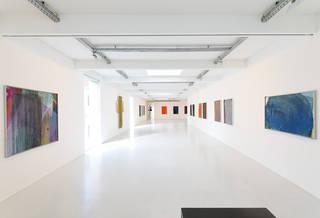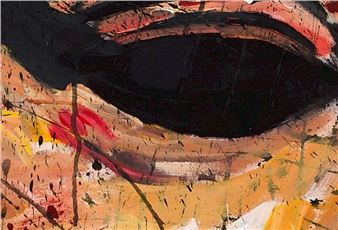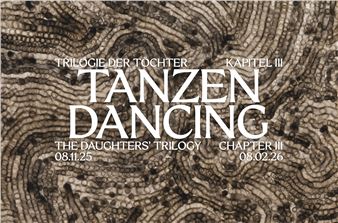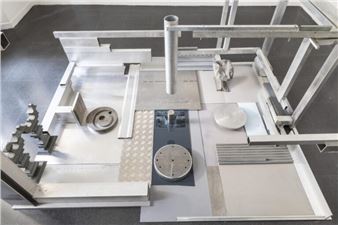Arnulf Rainer: Painting
Arnulf Rainer, one of the greatest artists of our time, was born in Baden near Vienna in 1929. From 1981 to 95 he taught a master class in painting at the Academy of Fine Arts in Vienna. In 1978 he received the Grand Austrian State Prize, in 1981 the Max Beckmann Prize of the City of Frankfurt, in 1989 the Infinity Award of the International Center of Photography in New York, in 2003 вҖ“ as the third artist after Baselitz and Polke вҖ“ the Rhenus Art Prize. In 2006 he was the first non-Spanish artist to be handed the AragГіn-Goya Prize for his lifeвҖҷs work and his artistic kinship to Francisco de Goya. His works were and still are exhibited at the major museums and art events around the world, e.g. the Venice Biennial (1979), documenta 7 (1980), the Centre Georges Pompidou Paris (1984), the Guggenheim Museum New York (1989). In 2002 the Pinakothek der Moderne in Munich dedicated a room to Rainer, showing his works permanently. 2009 saw the opening of the Arnulf Rainer Museum in Baden. Arnulf Rainer lives in Vienna, Upper Austria, Bavaria and Tenerife.

Recommended for you
Arnulf Rainer, one of the greatest artists of our time, was born in Baden near Vienna in 1929. From 1981 to 95 he taught a master class in painting at the Academy of Fine Arts in Vienna. In 1978 he received the Grand Austrian State Prize, in 1981 the Max Beckmann Prize of the City of Frankfurt, in 1989 the Infinity Award of the International Center of Photography in New York, in 2003 вҖ“ as the third artist after Baselitz and Polke вҖ“ the Rhenus Art Prize. In 2006 he was the first non-Spanish artist to be handed the AragГіn-Goya Prize for his lifeвҖҷs work and his artistic kinship to Francisco de Goya. His works were and still are exhibited at the major museums and art events around the world, e.g. the Venice Biennial (1979), documenta 7 (1980), the Centre Georges Pompidou Paris (1984), the Guggenheim Museum New York (1989). In 2002 the Pinakothek der Moderne in Munich dedicated a room to Rainer, showing his works permanently. 2009 saw the opening of the Arnulf Rainer Museum in Baden. Arnulf Rainer lives in Vienna, Upper Austria, Bavaria and Tenerife.

 ARTISTS
ARTISTS
















